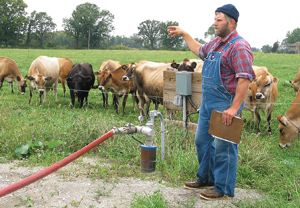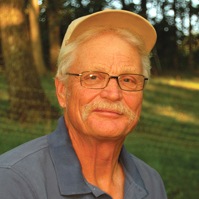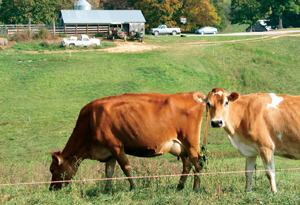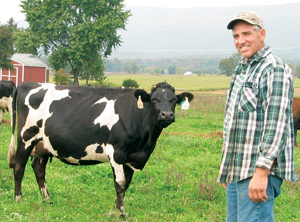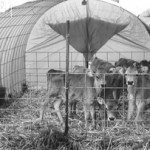
Mechanicsville, Iowa— With more than 400 cows to milk and not a lot of labor on hand, Lee Kurtenbach likes things simple, efficient, effective and cheap. That’s why he’s using wire stock panels covered with tarps to house some 90 separate groups of young dairy calves, five to a group.
Lee calves seasonally starting in early March, and keeps his Jersey bulls until they’re actually worth some money. He needs some shelter in his southern Iowa climate and likes portable calf housing, but in Lee’s view fiberglass domes and the like are too expensive and too much work. Continue reading “Calf housing made cheap, easy and efficient”


